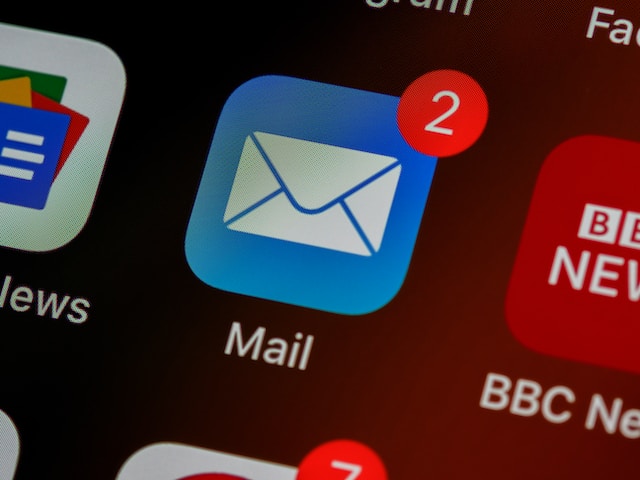How we work continues to evolve, and that includes how we communicate at work. As teams get more geographically diverse and working schedules become more flexible, asynchronous communication is becoming more popular.
Asynchronous communication allows people to communicate and collaborate across time zones without the need for real-time interaction. In this type of communication, you can send a message at any time, and the receiver can receive and respond to it at their own convenience.
Examples of asynchronous communication methods include email, text messaging, voicemail, project management tools such as Trello, direct messaging, and video messaging such as Loom.
Benefits of Asynchronous Communication In Business
Asynchronous communication comes with several benefits, including increased flexibility and productivity. With asynchronous communication, people can work and communicate at their own pace. It also allows for more thoughtful and detailed responses, as people have time to think through their messages and provide a more meaningful and comprehensive response.
Moreover, with asynchronous communication, people can also focus more on their work and be more productive thanks to fewer interruptions and distractions. Employees have more freedom to process information and feel less pressure to give an immediate response.
While asynchronous communication has many benefits, it may not always work for every situation. You cannot completely ditch real-time conversations.
When to use asynchronous communication in business:
When communicating with team members in different time zones
Asynchronous communication allows team members in different time zones to communicate effectively without the need for an immediate response and without sacrificing personal time outside of work hours.
When sharing information that does not require immediate action
If you do not require an immediate response or action to the information you mean to share, asynchronous communication, such as email or a shared document, provides a more efficient way to communicate.
When communicating with a large group of people
Asynchronous communication can be more effective if you want to communicate with a large group of people, such as in a company-wide announcement, when synchronous communication such as a meeting or call may not be practical.
When not to use asynchronous communication in business:
When urgent action is required
If a situation requires urgent action or decision-making, asynchronous communication may not be the best option, as it can cause a delay in the response or decision.
When personal interaction is necessary
In situations where personal interaction is necessary, such as negotiations or sensitive conversations, asynchronous communication may not be the best option since it lacks the emotional and social cues that are necessary to communicate effectively.
There are certain instances when your facial expression and tone of voice will help convey your message accurately. Synchronous communication may be necessary to avoid misinterpretations or misunderstandings.
The Bottom Line
When choosing between synchronous and asynchronous communication, consider the urgency and nature of the information you are going to share and the availability of the people, and remember that you can always use both.
Using a combination of communication methods can help balance the need for immediate feedback with the need for flexibility. For example, you can use a synchronous communication method like a video call for important discussions, and follow up with an asynchronous communication method like email for further details. What matters is knowing how to strike a balance between the two.
In love and respect,
Hilary Corna














